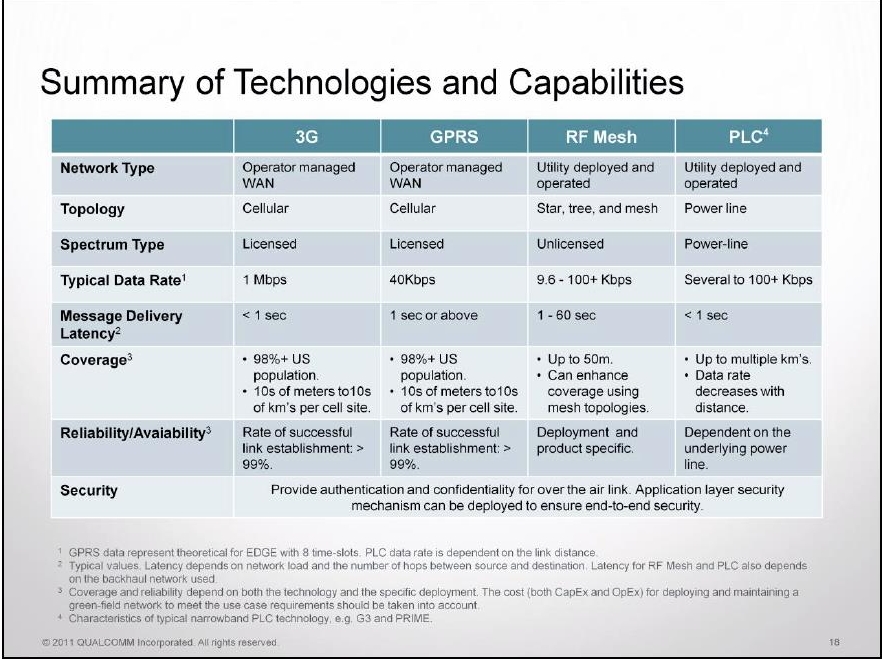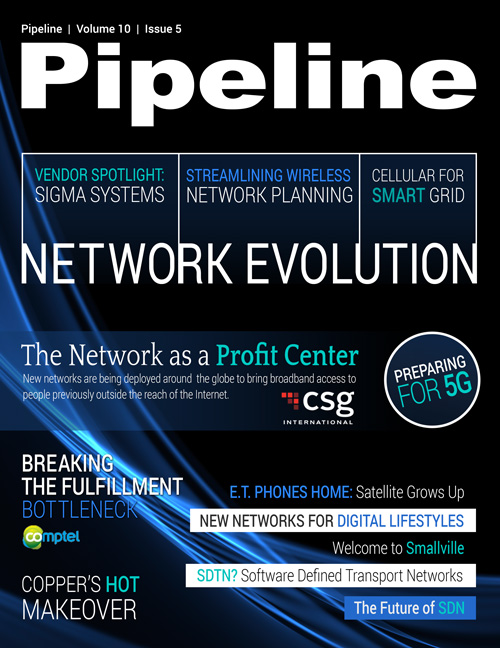Improving the Grid With Cellular
Before cellular networks were a viable option, utilities really only had one choice when it came to building a communications layer across the distribution network, and that was to create their own private wireless networks. To accomplish this goal, they turned to a wide range of point-to-point serial radio systems, or private mesh networks, that operated, unlicensed, in the 900 MHz, 2.4 GHz or 5.6 GHz spectrum, where the utilities were sometimes able to get limited bandwidth with minimal interference. But creating private wireless networks required the utilities to become experts at building and supporting wireless infrastructure, which proved too costly and time-consuming to maintain throughout the years.
But now, with the availability of distribution grid-monitoring equipment with built-in cellular capabilities, not to mention the ubiquitous coverage of 3G across the US, utilities can leverage cellular networks to modernize the grid at a lower overall cost of ownership. In addition to their ubiquitous coverage, a technology comparison by Qualcomm found that cellular networks have the added benefits of higher data rates, lower message latency and better reliability (see figure 2 below). They also have built-in security features that can better protect the grid from the looming cyberscurity challenges that could plague many utilities if they had to take on the role of securing cellular networks on their own.

Source: Qualcomm, 2011
Grid-distribution applications using built-in cellular
Until recently, cellular networks weren't a viable option for smart grid modernization, because grid equipment lacked the radios that werenecessary to access the networks. However, a new generation of smart grid equipment is coming to market with built-in cellular capabilities, making cellular not only the more affordable option but also the least complex option for a utility to deploy.
Several next-gen smart-grid solutions using cellular hit the market in 2013 from vendors such as Itron and Tollgrade.. This year, Sprint became the central technology provider for a number of smart grid sensor deployments across the U.S. and in May, AT&T announced a smart-gird project in Tennessee, using cellular-enabled smart meters from Itron. Tollgrade offers its innovative Medium Voltage (MV) Sensors pre-bundled with a five-year cellular data plan. With Tollgrade's MV Sensors, there is nothing else a utility worker needs to hang on the pole, and no complex wireless networks for the utility to architect or secure. In less than five minutes the sensors can be installed right on the distribution line, and in just one step they power up inductively (e.g., without batteries), self-activate onto a secured cellular network and begin sending real-time grid-health data back to the utility’s operations center



















